Sunflower
© Dileep Chandran/Alam
Finding maths in nature. Fibonacci Day
Sunflowers bring a little slice of summer with them, no matter the time of year. But did you know that these cheery yellow blooms also bring one of nature’s mathematical wonders to life?
The sunflower displays its seeds in two seed spirals that twist and curve in opposite directions, fanning out from the centre to the golden petals. If you mapped either of those spirals on a graph, they would closely follow the Fibonacci sequence (1, 1, 2, 3, 5, 8, 13, 21…), where you add a number to the one before it, to get the next number.
While the famous spiral formula is attributed to Fibonacci, the 13th-century Italian mathematician, scholars in India described the sequence centuries before him - and they probably weren't the first to figure it out either. Regardless of the origin story, every 23 November (Which, written in the US style, is 11/23 - the first four Fibonacci numbers) we celebrate this infinite series.
Related Images
Bing Today Images
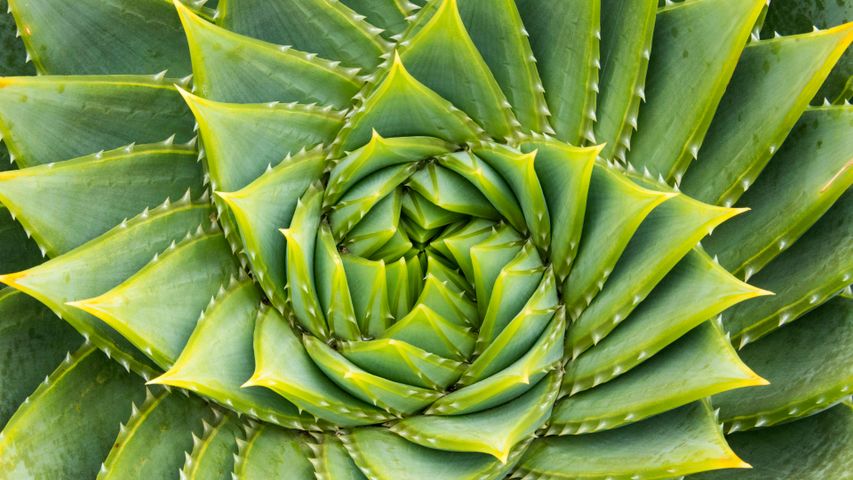

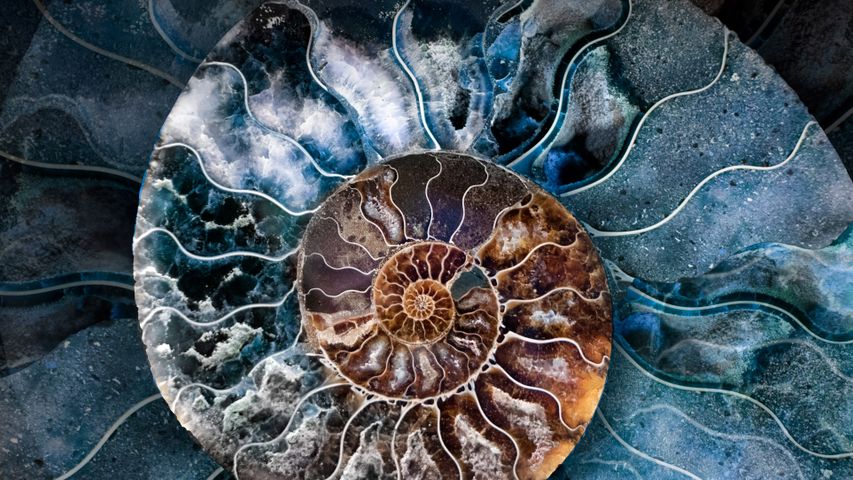

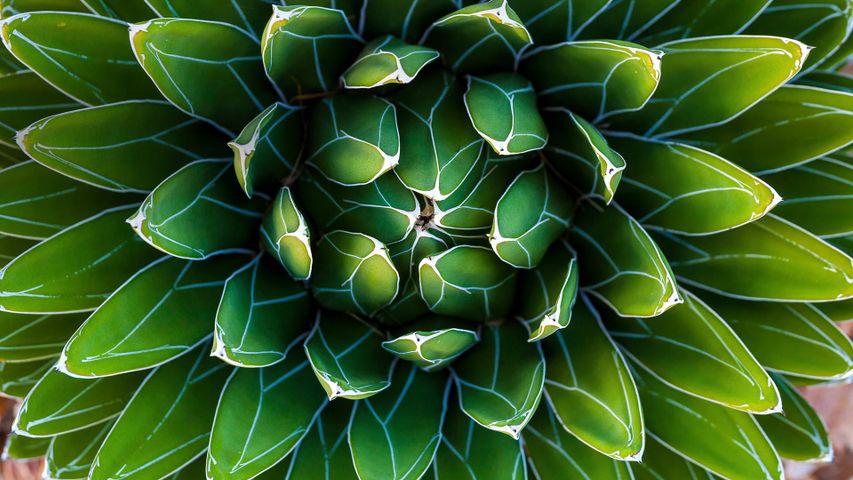
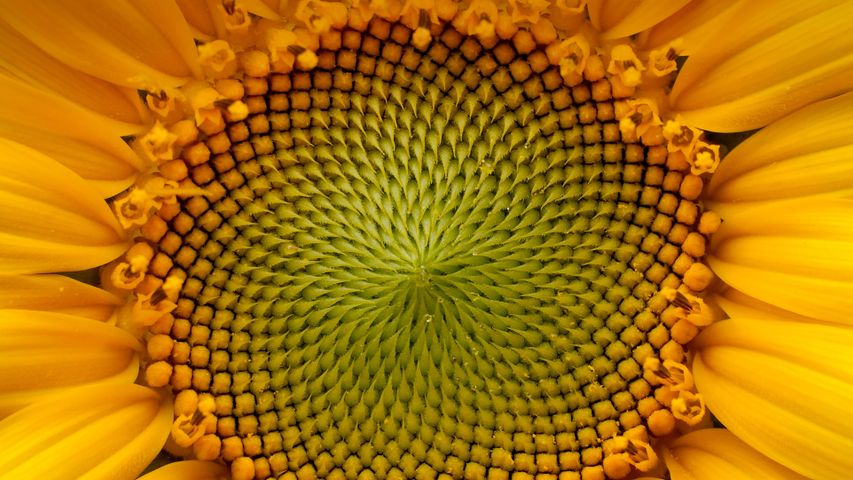
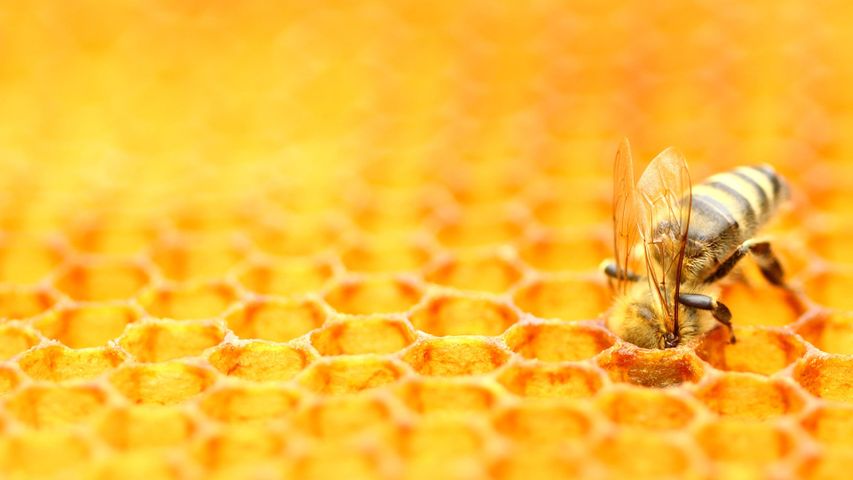 Bee tending a honeycomb
Bee tending a honeycomb
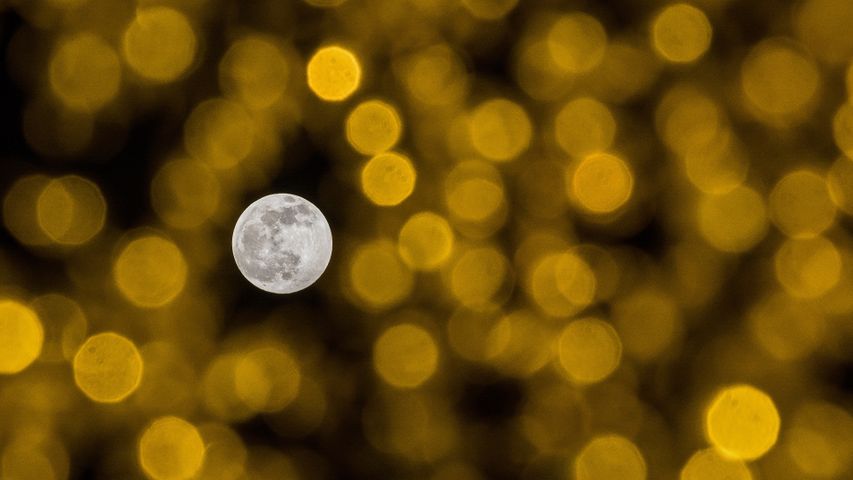 The December full moon seen through Christmas lights
The December full moon seen through Christmas lights
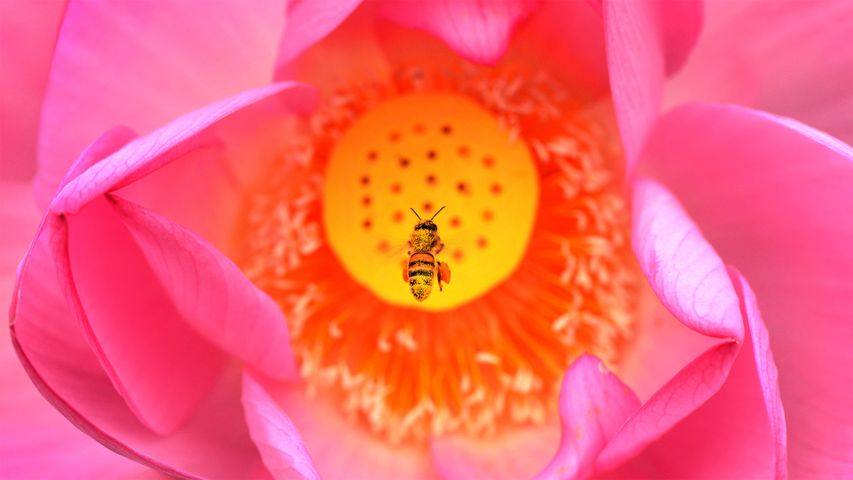 A bee dives into an East Indian lotus flower at Kenilworth Park and Aquatic Gardens in Washington DC, USA
A bee dives into an East Indian lotus flower at Kenilworth Park and Aquatic Gardens in Washington DC, USA
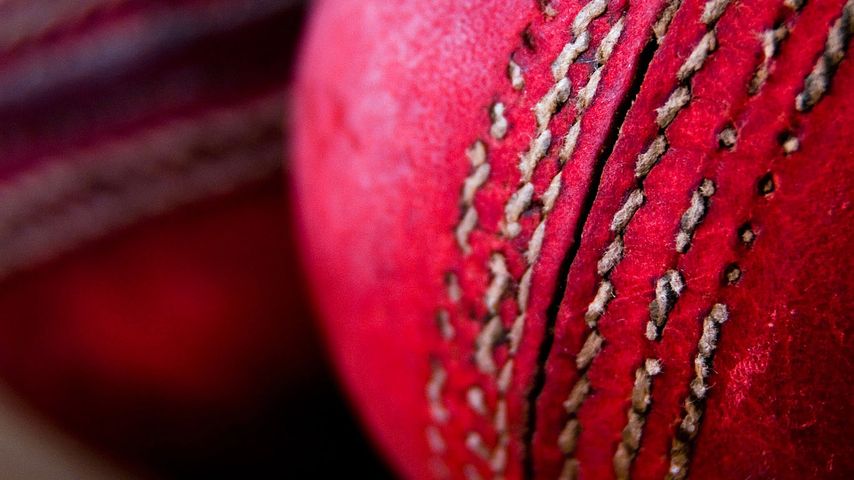 Cricket balls
Cricket balls
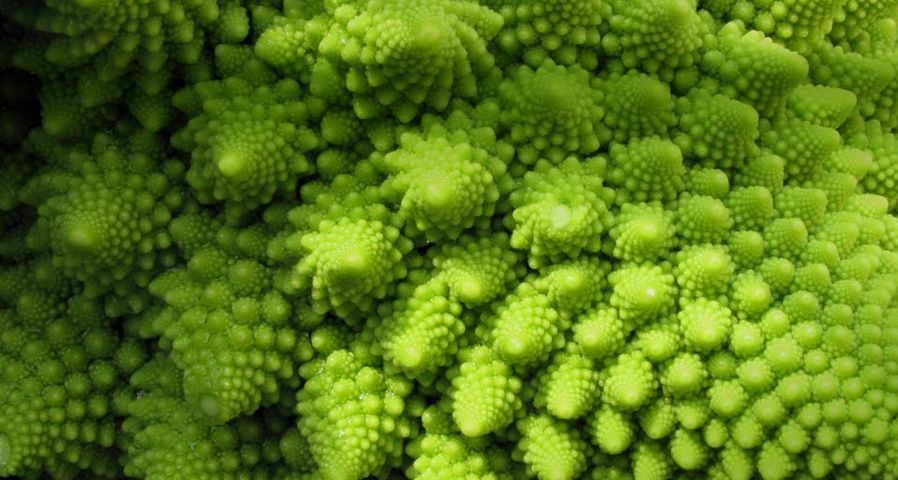 Romanesco broccoli
Romanesco broccoli
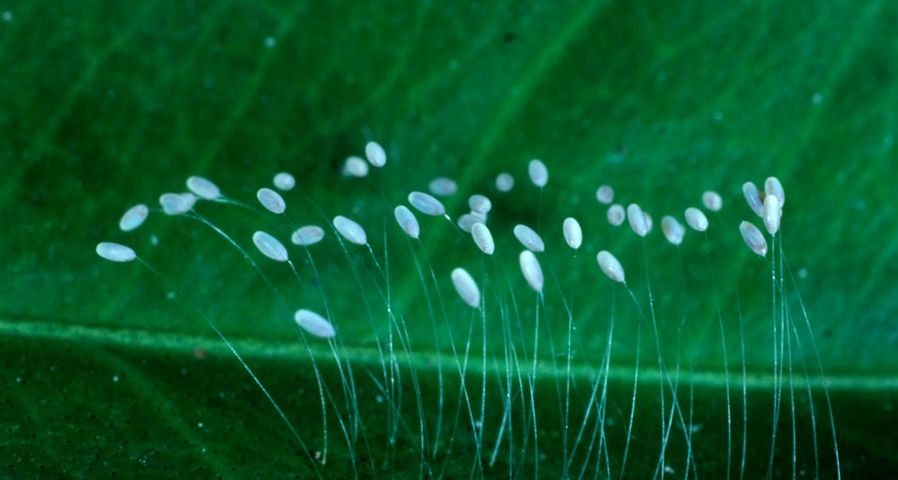 Green lacewing eggs
Green lacewing eggs